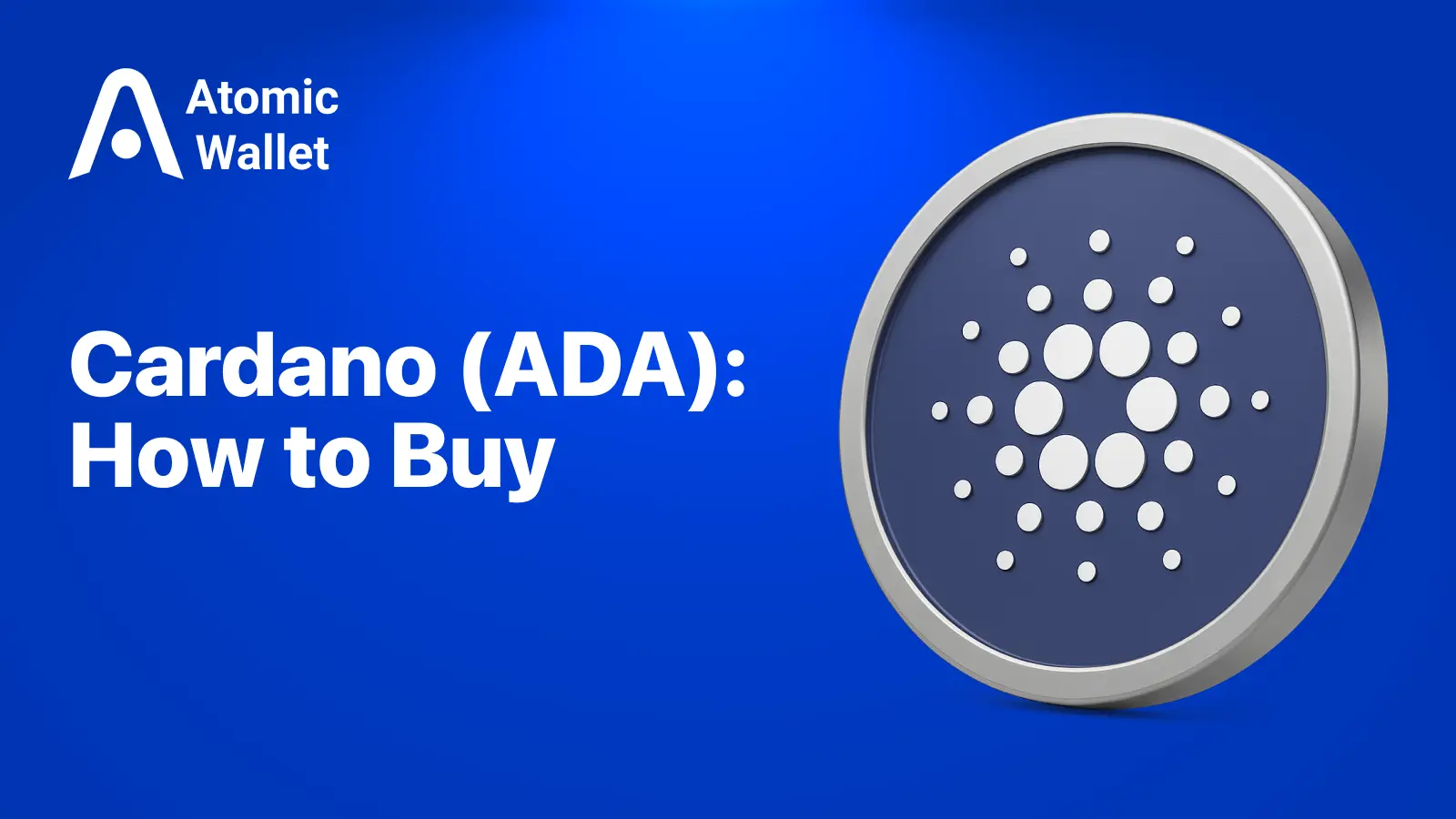Assets

Exchange

Buy Crypto



.png)
Blockchain debates used to be niche discussions reserved for crypto enthusiasts. But in 2025, the choice between Solana and Ethereum isn’t just theoretical—it directly impacts your wallet. Based on data from over 500,000 Atomic Wallet users, we’ve seen firsthand how different blockchain ecosystems affect everything from transaction costs to staking rewards. In this article, you’ll learn the key differences between Solana and Ethereum — performance, fees, use cases — and how to choose what’s best for your crypto goals.
Raydium is to Solana what Uniswap was to Ethereum—but with core differences that highlight Solana’s edge.
It’s not just fast—it’s reliable. In volatile markets, trades settle in under a second with minimal fees. Unlike Ethereum DEXs, Raydium combines AMM pools with a central limit order book (Serum) for deeper liquidity and faster execution.
In fact, Raydium surpassed Uniswap in monthly DEX trading volume in early 2025, capturing 27.1% of market share while Uniswap fell to 22%, according to Binance.
Ethereum launched smart contracts in 2015, pioneering programmable blockchains.
Solana entered in 2020, built for speed and scale from day one.
Note: Solana's theoretical maximum TPS is 65,000, but in practice, it processes around 3,000 to 4,000 TPS regularly, significantly surpassing Ethereum's base layer, which handles approximately 15 to 30 TPS. (Cointelegraph)
“Solana has the potential to be one of the few chains that can scale Web3 to billions of users without compromising on user experience.”
— Chris Burniske, Placeholder VC
“Solana is pushing for consumer-grade speed and experience, and that’s exactly what’s needed for mass adoption.”
— Anatoly Yakovenko, Co-founder of Solana Labs (source)
Solana isn’t just fast—it’s evolving. Its latest performance report confirms enterprise-level throughput, but what’s next is even more important.
Solana Chapter 2: What It Actually Means
"Solana Chapter 2" is a phrase thrown around frequently on crypto Twitter, but what does it actually mean for users and investors?
In short, it signifies Solana’s transition from an emerging technology to a robust ecosystem. The focus has shifted from proving that the network can function to demonstrating how it can disrupt financial applications.
Key Advancements in Solana Chapter 2
What’s especially impressive is how Solana’s developer ecosystem has learned from Ethereum’s scaling challenges. Instead of repeating the same mistakes, Solana has been designed with scale in mind from day one—giving regular users smoother, cheaper, and more reliable blockchain experiences.
Remember when DeFi meant juggling wallet addresses in a clunky UI, praying you copied the right one? That’s fading fast. Solana's UX is evolving into mobile-native, app-like experiences that feel intuitive—even for first-time users.
When deciding between Ethereum and Solana, the stronger option is based on your goals.
If you are a developer, an enterprise firm, or an investor looking for long-term vision and deep liquidity and a mature, battle-tested ecosystem, Ethereum is the superior option. Its broad adoption, maturity in smart contracts, and security-focused design make it the most appropriate for building serious, long-term dApps and DeFi building blocks.
But if you’re a retail user, a DeFi enthusiast, or a gamer looking for lightning-fast transactions and near-zero fees, Solana delivers a smoother experience. It’s optimized for real-time performance, low-cost interactions, and a rapidly growing ecosystem of user-friendly apps.
Here’s the bottom line:
The blockchain space is not losing steam, and the user interface is the battlefield now. Whether Solana and Ethereum compete side by side or directly, the platforms that emphasize speed, simplicity, and usability will define the crypto future.

Learn how to buy Cardano (ADA) in 2026, what drives ADA price, and how to trade Cardano using spot or perpetual futures. A clear beginner-friendly guide.